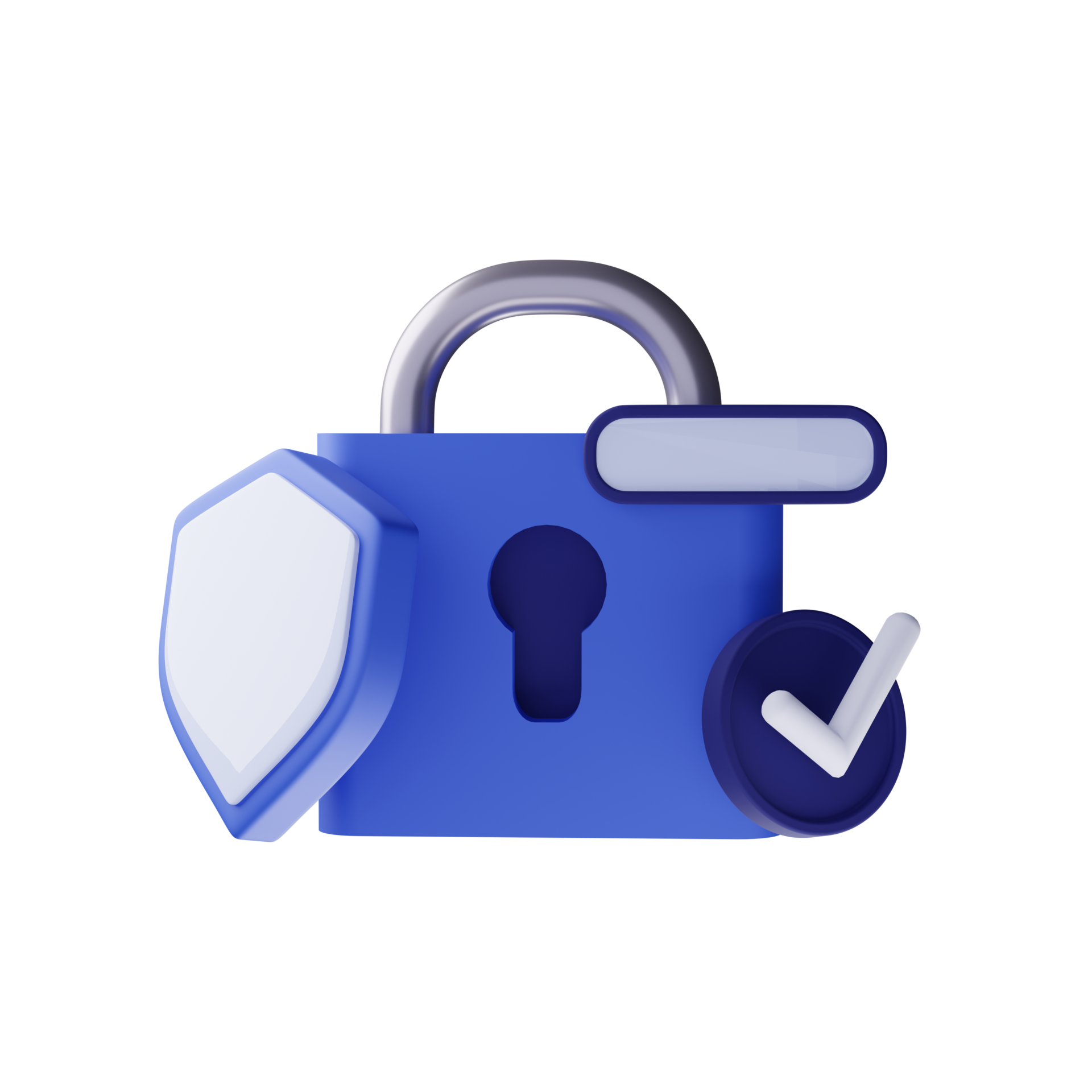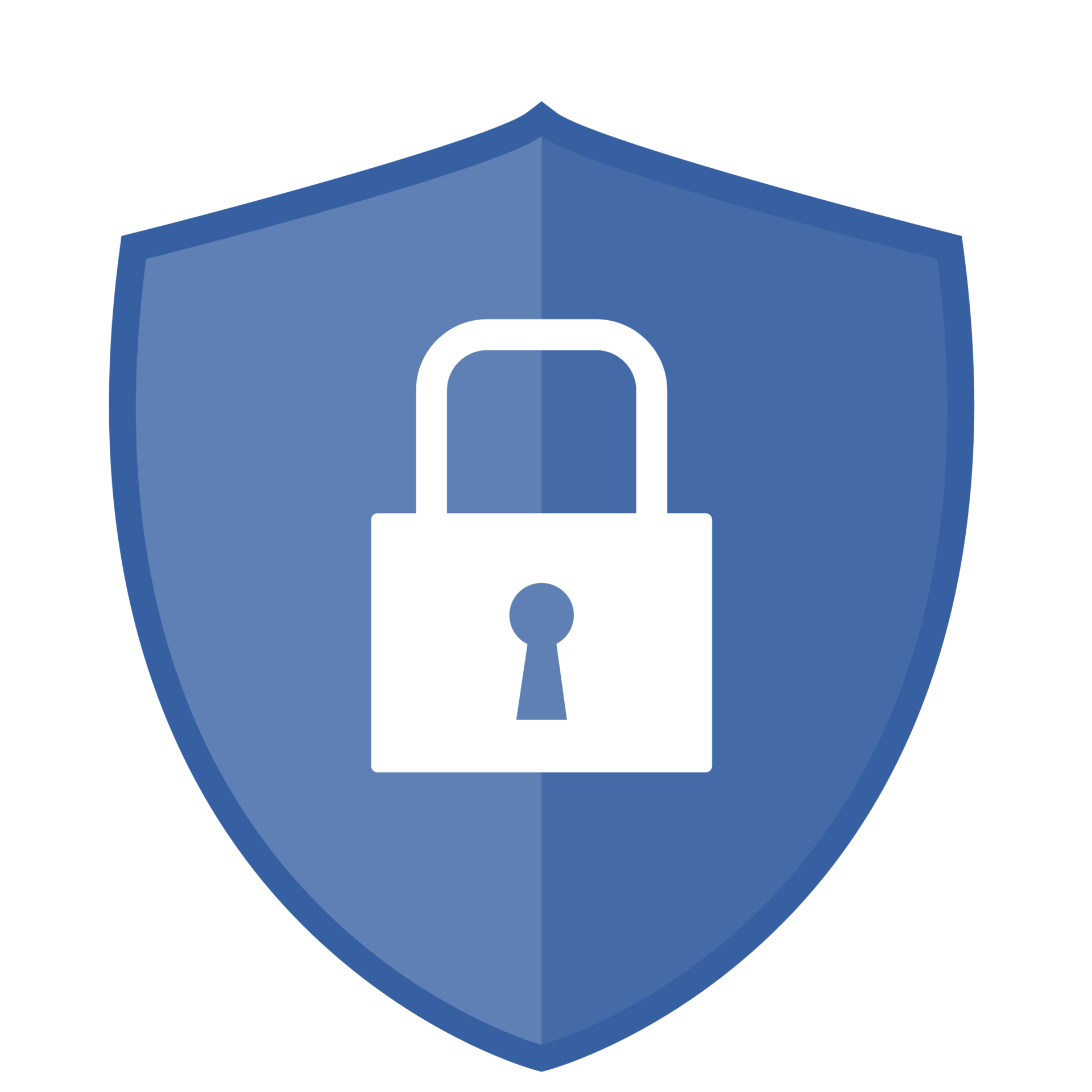Secure Remote Access IoT Device - Keeping Connected Things Safe
Imagine a world where your home gadgets, factory machines, or even the sensors on a faraway farm could talk to you, letting you check on them and fix things without you ever having to leave your comfy chair. That world, you know, is already here, thanks to what we call the Internet of Things, or IoT for short. These clever little devices are changing how we interact with our surroundings, giving us ways to oversee and make things work better right from the edge of our homes or businesses.
This idea of being able to reach out and touch your connected items from a distance isn't just a nice-to-have; it's becoming a pretty big deal. Think about it: if a smart appliance starts acting up, or an industrial sensor sends a strange reading, you don't really want to drive all the way there just to see what's going on. Being able to get to these devices remotely means you can keep an eye on them and sort out any issues, no matter where you happen to be at the moment, which is really quite handy.
But here's the thing, as useful as it is to reach out to these devices from anywhere, there's a really important part to this whole setup: making sure that connection is safe. Just like you wouldn't leave your front door wide open, you also wouldn't want to leave your smart devices exposed to just anyone. Keeping your connected items, like your little Raspberry Pi computers or other Linux gadgets, secure when you're checking on them from afar, especially with something like SSH, means following some sensible ways of doing things that we'll talk about here.
Table of Contents
- What is Remote Access for Connected Devices, Really?
- Why Do We Need Secure Remote Access for IoT Devices?
- How Can We Make IoT Remote Access Safe?
- Handling Raspberry Pi and Linux Devices for Secure Remote Access IoT Device
- Keeping Things Simple - Secure Remote Access IoT Device on Android
- Summary of Article Contents
What is Remote Access for Connected Devices, Really?
Have you ever thought about how you might check on something far away, like a smart fridge at your vacation home or a sensor in a faraway factory? Well, that's what we call remote access for connected devices, or IoT things. It simply means you can link up with, watch over, and even direct your internet-connected gadgets from somewhere else, not needing to be right there with them. This capability, you know, is really quite something. It lets you get to your smart appliances, industrial measuring tools, and even cars that are linked to the internet, all without needing to be physically present. It’s a bit like having a magic string that connects you to your devices, letting you pull on it from anywhere. This is quite useful, especially when you have many devices spread out over a wide area, which is pretty common these days.
Why Do We Need Secure Remote Access for IoT Devices?
The number of connected devices keeps growing, and so does the need to keep them running smoothly. When these devices are far away, perhaps behind a wall that blocks incoming internet traffic, figuring out what's wrong can be a real headache. Often, it means sending someone out to the spot, just to plug in and see what's happening. This can make managing your devices much more involved and certainly adds to the money you have to spend. So, being able to reach these devices from a distance, without having to send someone out every time, saves a lot of trouble and expense. This is where making sure your remote connection is safe comes into play, as a matter of fact. Without a good, safe way to connect, you might open up your devices to people who shouldn't have access, which could cause all sorts of problems, like losing private information. It's a bit like leaving a window open for everyone to peek in, which nobody really wants.
How Can We Make IoT Remote Access Safe?
Making sure your connected devices are safe when you reach them from afar involves a few different pieces working together. It’s not just one thing you do; it’s a combination of good ways of doing things, clever tools, and keeping an eye on what’s going on. This is especially true as more and more connected items are used everywhere. You see, setting up dependable, safe, and effective ways to manage things from a distance becomes really, really important. It’s about building a strong wall around your devices, even when you're not physically next to them. So, how do we build this wall? We look at the different ways to connect and then add layers of protection. This means using specific kinds of software and following certain steps to keep unwanted guests out. It’s a bit like putting a lock on your digital door, which is pretty important.
What Tools Help Secure Remote Access IoT Device Connections?
There are some really useful tools that can help you with secure remote access for your IoT device. For example, if you use something like TeamViewer Tensor, you can oversee and figure out what's wrong with your connected items from just about anywhere, at any time. This means you have a constant link to your devices, letting you step in when needed. Then there's Macchina.io remote, which lets you get to and control your connected devices safely, even if they are behind a firewall, which often blocks incoming connections. This is a bit like having a secret passage through a big wall. Our way of managing connected devices makes it simple to oversee them from afar through a safe pathway. SocketXP is another helpful service; it’s a way to manage and get to your connected items, Raspberry Pi groups, or any Linux machines that might be hidden behind a network address translator or a firewall, all through the cloud. You can oversee, get to, and watch your connected devices with this service. There’s also NetCloud ZTNA, which helps you get safe, clientless remote access to your connected devices and operational technology systems. This means you don't need to install special software on every device to get to it safely. Level can also help you make the management and safety of your connected devices happen on its own, which is quite helpful for busy people. The Teleport Access Platform lets you safely oversee and watch your connected devices on a large scale. It helps make things safer and work better by giving you one way to control who gets access and offering good ways to watch what's happening. These tools, you know, really make a difference.
Best Ways to Keep Your Secure Remote Access IoT Device Safe
When it comes to keeping your secure remote access IoT device connections safe, there are some really good practices to follow. One common way to guard and make sure only the right people can get to your connected devices is by using firewalls. These are like digital guards that stand at the entrance to your network, deciding what traffic can come in and go out. However, it can be a bit tricky to get to and manage devices that are set up in far-off spots, especially when they are behind firewalls that stop all incoming traffic. This is where other methods come in handy. For example, using an SSH connection for your connected items means the information you send is properly scrambled, so it’s safe. This makes it a suggested way to get to your connected devices when you're using networks that aren't very safe, like the open internet. It's a bit like sending a secret message in code, so only the right person can read it. SSH keys are also a big part of this. These keys, which come in pairs—a private one and a public one—make sure that only people or systems you trust can get to sensitive information. So, it naturally follows that keeping these SSH keys in good order is really important for managing your connected devices, especially since it makes getting remote SSH access for safe device control much smoother. The more connected devices you have, the more involved this becomes, so good key care is a must. Building and running safe cloud applications, making sure cloud connections follow a "zero trust" idea, and guarding your computer tasks from your own data center all the way to the cloud are also good steps. Providing "zero trust" connections for connected devices and operational technology, and making sure you have safe remote access to those operational systems, adds another layer of safety. This "zero trust" idea means you don't trust anything by default; you always check. You can also learn how to get to, control, and manage your connected device safely over the internet using things like SSH, remote desktop, VNC, and RDP, all through safe SSH tunnels. It’s about making sure every step of your remote connection is as solid as possible, which is a really good thing to do.
Handling Raspberry Pi and Linux Devices for Secure Remote Access IoT Device
Many people use Raspberry Pi computers and other Linux-based devices for their connected projects, so knowing how to manage these from afar safely is quite useful. These small computers are pretty versatile, and they often end up in places where it's not always easy to get to them physically. This is where the idea of secure remote access for your IoT device really shines. For these types of devices, using SSH is often the go-to method for getting in safely. As we mentioned, an SSH connection scrambles your data, making it much harder for anyone else to snoop on what you're doing. This is particularly helpful when your Raspberry Pi or Linux machine is out there on a network that might not be fully secure, like your home Wi-Fi or a public connection. Tools like SocketXP are really helpful here, allowing you to manage, get to, and watch your Raspberry Pi fleet or any Linux machines that might be sitting behind a network address translator or a firewall. This means even if your device is tucked away and hard to reach directly, you can still get to it and keep it running well. It simplifies things quite a bit, honestly, letting you keep an eye on everything without needing to be right there.
Keeping Things Simple - Secure Remote Access IoT Device on Android
For those who prefer to manage things from their phone, there are ways to make secure remote access for your IoT device quite simple, too. The official remoteiot app, which you can get for Android phones, makes this whole process much easier. It has a clear and straightforward way of looking at things, and it gives you simple steps to get set up. This means you don't need to be a computer expert to start getting to your connected devices from your phone. Are you ready to really use the strength of safe remote access for your internet-connected items, especially your Raspberry Pi, using the Android phone you probably already have? This guide gives you a clear path to follow, making sure your information stays safe while giving you an amazing amount of control. It lets you be the boss of your connected world, more or less. It’s about putting the power of managing your devices right in the palm of your hand, which is pretty convenient, if you ask me.
Summary of Article Contents
This discussion looked at the idea of getting to connected devices from a distance, explaining what it means to reach, watch, and direct IoT items without being physically present. We went over why having a safe way to do this is so important, touching on the costs and troubles of not being able to fix things remotely. We also explored various tools and ways to keep these connections safe, including services like TeamViewer Tensor, Macchina.io remote, SocketXP, NetCloud ZTNA, and the Teleport Access Platform. The piece also covered specific safety methods such as using SSH, managing SSH keys, and the role of firewalls, along with the "zero trust" idea. Finally, we considered how to handle common devices like Raspberry Pi and Linux machines for safe remote access and how mobile apps, like the RemoteIoT app for Android, can make managing your connected world much simpler.



Detail Author:
- Name : Harrison Braun
- Username : wendy53
- Email : kali81@yahoo.com
- Birthdate : 2006-03-06
- Address : 76490 Mills Port Hildegardmouth, GA 45387
- Phone : +1 (610) 420-1814
- Company : Boehm Inc
- Job : Sociologist
- Bio : Enim explicabo optio voluptas consequatur provident itaque suscipit. Nostrum dicta ut non dolor ab neque. Eveniet consequuntur ut maxime quidem et harum et eum.
Socials
instagram:
- url : https://instagram.com/orion5339
- username : orion5339
- bio : Sed perspiciatis quis aperiam quo. Ducimus minus quos ad aut dolores architecto.
- followers : 6161
- following : 1183
facebook:
- url : https://facebook.com/orion1011
- username : orion1011
- bio : Fugit magnam nulla iste voluptate nulla amet.
- followers : 5195
- following : 1307